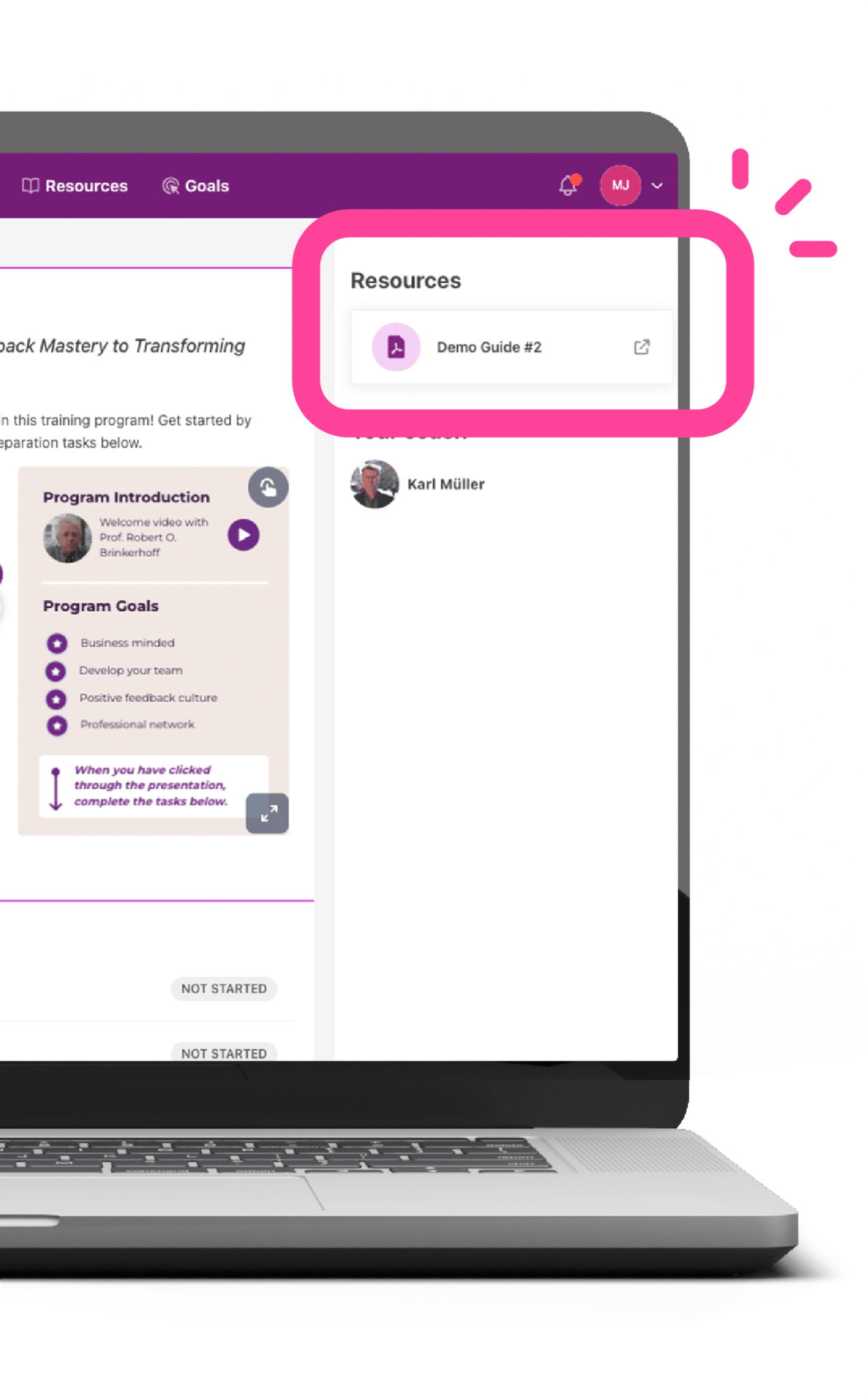Do you want to use High Performance Learning Journey (HPLJ) approach in your organization? Investing in the relationship is the first step to creating stakeholder engagement in your High Performance Learning Journey .
As mentioned in a previous blog post on Engaging Business Stakeholders, launching a successful HPLJ program often—if not always—requires input, support, and even participation from various business stakeholders within your organization (senior managers, subject matter experts, etc.)
However, there’s no guarantee that these people will respond positively. In some cases, you might be dealing with someone who doesn’t even see the value of L&D.
But there’s hope!
I have been speaking with a number of alumni who have successfully implemented the HPLJ approach in their organizations after attending Promote International’s Brinkerhoff Certification for High Performance Learning Journeys. When listening to their stories, I’ve noticed a pattern: before getting stakeholders in their organization to be truly invested in their Learning Journeys, they build a relationship first.
This doesn’t mean you have to become best friends with the person and spend your free time together, but the relationship has to be more than transactional. This means truly understanding the person’s business goals and seeing how they align with your L&D offering.
Trust starts with someone feeling that you see them as a person (not just a resource) and that you understand what they’re trying to achieve. That trust is strengthened when the person feels that you are actively trying to help them achieve their goals.
Here are five concrete actions you can take to build that trusting relationship:
- Book a meeting to discuss their business goals
- If they seem at all suspicious of your intentions, explain that you want to better understand how you (and your L&D colleagues) can support them
- If you don’t already have a basic understanding of how their part of the business works (e.g. what the key deliverables are, who does what, etc.), do a bit of due diligence in advance (you can start by asking a trusted colleague). If you are still missing any key details, ask the person when you meet with them. This demonstrates that you are genuinely interested.
- Ask what their top three business goals are
- Listen closely to understand how these goals align with the high-level organizational goals (again, do your due diligence in advance)
- Ask what key activities or projects they are focusing on in order to achieve those goals
- Find out what the best practices and challenges are in their part of the organization
- Ask them what the star performers do differently that lead to successful business results
- Ask what challenges or obstacles employees are facing, particularly in terms of skills that are lacking and incorrect behaviors
- Suggest a follow-up meeting to discuss some ideas on how L&D can support them in strengthening employee competences and developing the right behaviors
- Prepare a list of alternative solutions that show you are thinking about both business impact and efficiency
- Frame your ideas using words they can relate to, not L&D jargon
- Have patience
- Building trust is a process that takes time—don’t give up, keep the conversation going
- Deliver results – this starts with demonstrating to the person that you have listened to them and have some thoughtful solutions that offer value to them
- Continuously focus on helping to achieve their prioritized business goals
When you do all of the above, over time you will find that the other person is much more likely to engage in a serious conversation about employee development and will be more receptive when you bring up the HPLJ approach.



